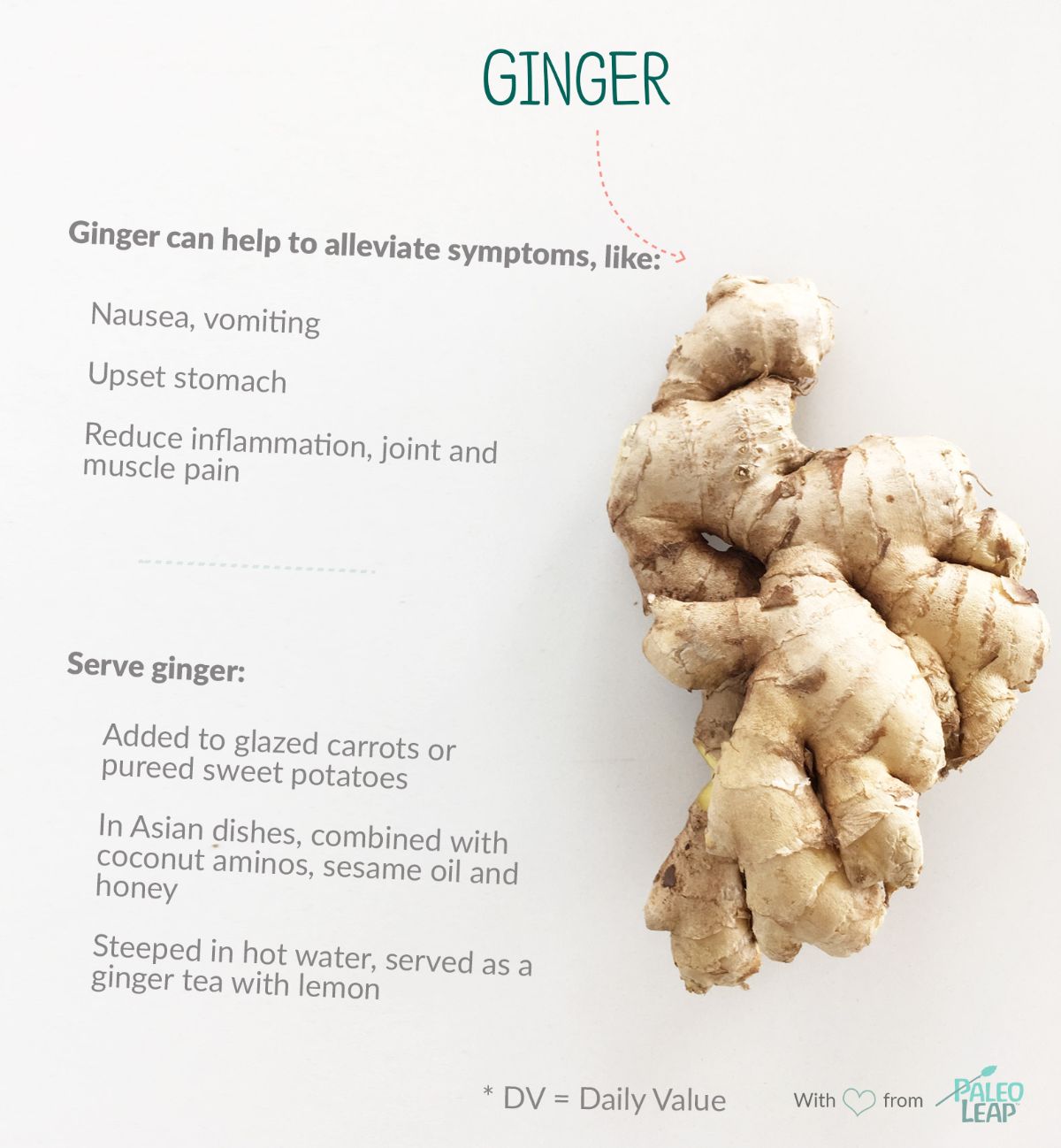
Ginger root, or more simply ginger, is an aromatic and spicy root that is often found in Asian dishes and commonly used in alternative medicine. Ginger is well known for alleviating a host of symptoms, like nausea, vomiting and an upset stomach.
Ginger contains anti-inflammatory compounds called gingerols. These anti-inflammatory compounds have been shown to help reduce muscle pain after exercise. It has also been known to relieve joint pain and stiffness associated with osteoarthritis.
Nutrition Details
 Macros in Context
Macros in Context
Here's how a serving of 1 ounce of ginger stacks up in the context of a typical Paleo meal:
Blue bars show the typical range in grams for a Paleo meal. For example, a Paleo meal usually includes 30-60 grams of fat, but where you personally fall in that range will depend on your preference.
Orange dots show how 1 ounce of ginger fits into the typical nutrient profile of a Paleo meal.
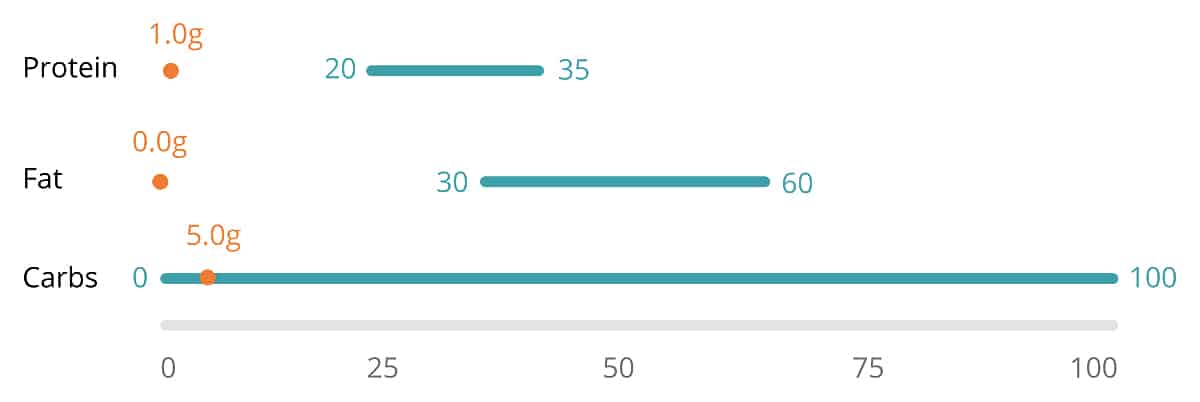
 Buy It
Buy It
- PURCHASING: Fresh ginger should be firm and free of mold. Mature ginger has a tough skin that requires peeling.
- FRESH OR DRIED: Fresh ginger contains higher levels of gingerol, ginger's anti-inflammatory compound. Dried, powdered ginger contains less gingerol, but has a longer shelf life.
- STORAGE: Whole, unpeeled fresh ginger can be stored in a resealable plastic bag in the crisper drawer of the refrigerator for a few weeks and up to a month or so.
 Cook It
Cook It
VEGETABLES
Add a bit of grated ginger to glazed carrots or pureed sweet potatoes.
MARINADE
Combine ginger, coconut aminos, sesame oil and honey, then pour over beef or chicken.
TEA
Steep grated ginger in boiling water and add lemon juice and honey for a hot ginger tea.
DESSERT
Add grated ginger to a paleo-friendly muffin or gingersnap cookie.
 Recipe Ideas
Recipe Ideas
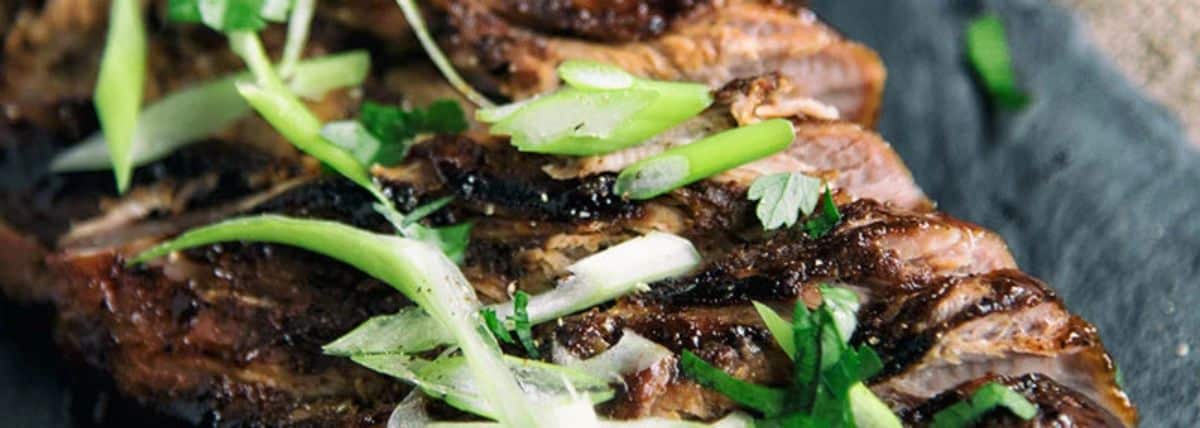
Slow Cooker Pork Tenderloin With Garlic-Ginger Sauce
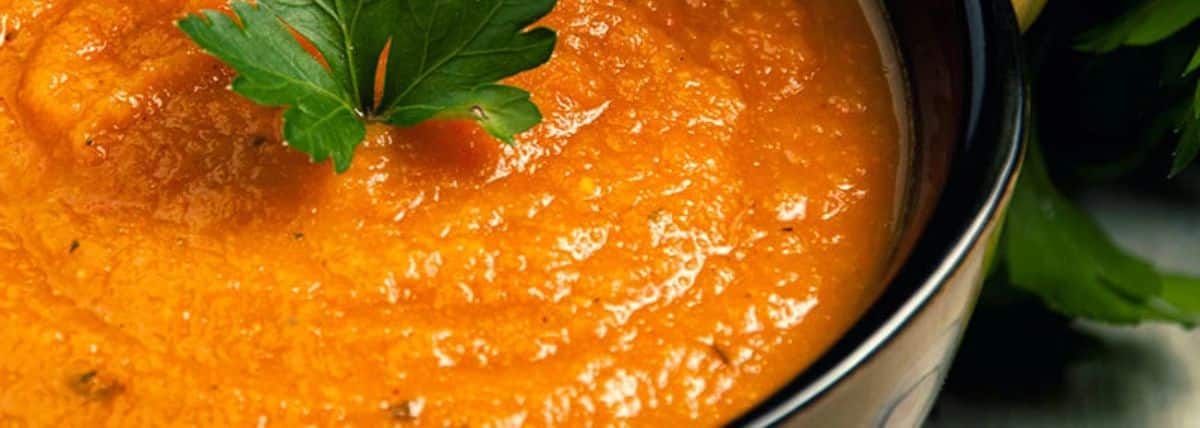
Ginger Carrot Soup
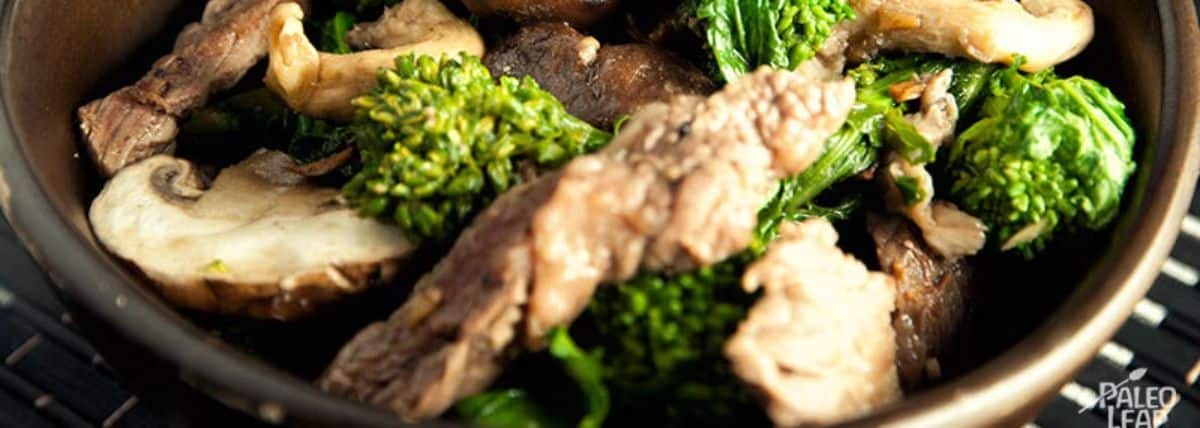
Ginger, Beef, and Mushroom Stir-fry



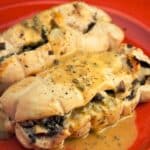


Leave a Reply